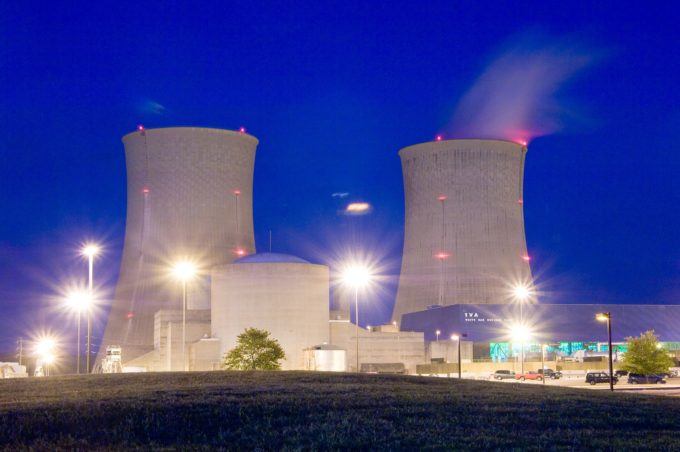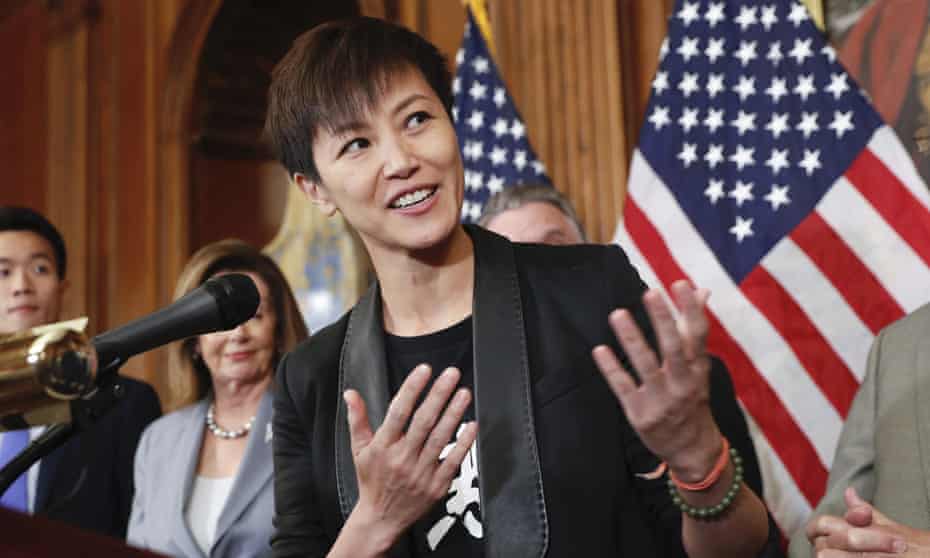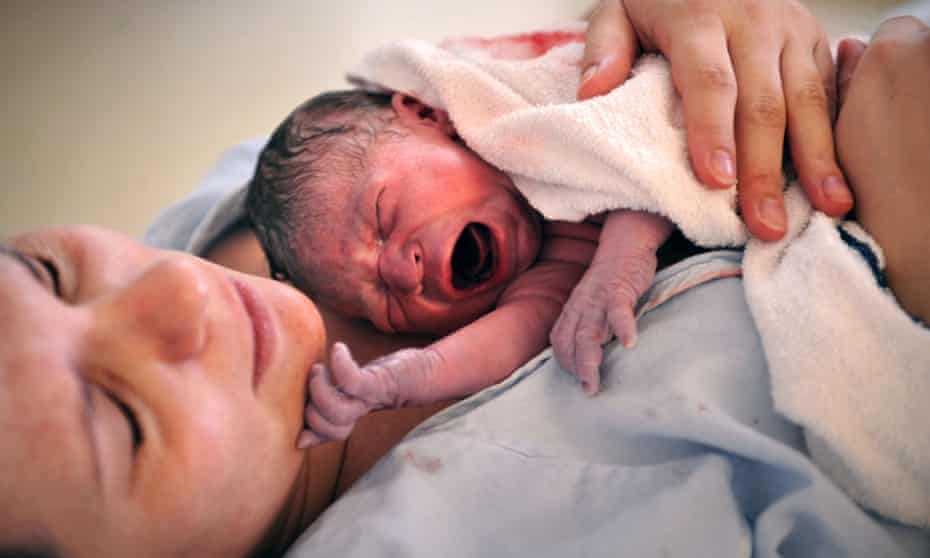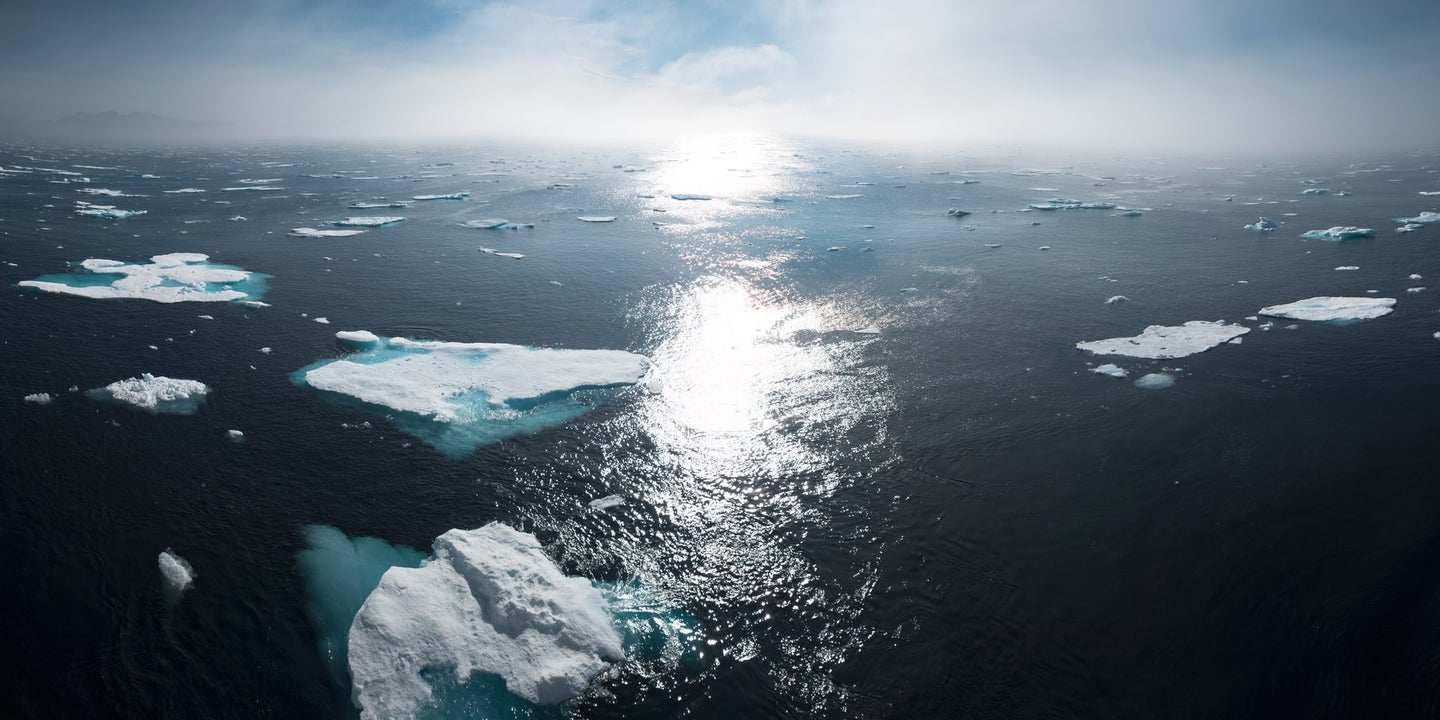
Photograph Source: Watts Bar Unit 2 nuclear power reactor – CC BY 2.0
The Tennessee Valley Authority could likely rightfully claim a place in the Guinness Book of World Records, but it’s not an achievement for which the federally-owned electric utility corporation would welcome notoriety.
After taking a whopping 42 years to build and finally bring on line its Watts Bar Unit 2 nuclear power reactor in Tennessee, TVA just broke its own record for longest nuclear plant construction time. However, this time, the company failed to deliver a completed nuclear plant.
Watts Bar 2 achieved criticality in May 2016, then promptly came off line due to a transformer fire three months later. It finally achieved full operational status on October 19, 2016, making it the first United States reactor to enter commercial operation since 1996.
Now, almost five years later, TVA has announced it has abandoned its unfinished two-reactor Bellefonte nuclear plant in Alabama, a breathtaking 47 years after construction began.
TVA was apparently happy to get out of the nuclear construction business, because, as the Chattanooga Times Free Press reported, the company “did not see the need for such a large and expensive capacity generation source.” No kidding!
Ironically, this is precisely the argument used to advance renewables, in an energy environment that cannot and will no longer support inflexible, large, thermo-electric generators that are completely impractical under the coming smart grids as well as climate change-induced conditions.
Accordingly, TVA was more than happy to accept overtures from a purchaser for Bellefonte — the Haney real estate company— whose director, Frank Haney, gained his own notoriety by lavishing $1 million on former President Trump and courting Trump’s lawyer, Michael Cohen, possibly, suggested media reports, to curry regulatory favors for his new nuclear toy.
But when TVA announced last month that it had withdrawn its construction permit for Bellefonte, Haney got his down payment back — to the tune of $22.9 million plus interest. TVA had itself spent at least $5.8 billion on Bellefonte over the 47 years, which included long stoppages, before finally pulling the plug.
This kind of colossal waste of time and money on failed nuclear power projects is, of course, the more typical story than the myths spun in the press about the need for “low carbon” nuclear energy, a misleading representation used to argue for nuclear power’s inclusion in climate change mitigation.
In reality, the story of nuclear power development in the US over the last 50 years is beyond pitiful and would not pass muster under any “normal” business plan. How the nuclear industry gets away with it remains baffling.
As Beyond Nuclear’s Paul Gunter told the Chattanooga Times Free Press, “Bellefonte is just the most recent failure for this industry,” noting that “of the 30 reactors the industry planned to build 15 years ago with the so-called nuclear renaissance, only two are still being built. (Those two, at Plant Vogtle in Georgia, are years behind schedule with a budget that has more than doubled to $27 billion.)
As Gunter noted in the same article, “TVA has had major problems meeting projected costs and timetables for new nuclear plants, as the entire industry has had over the past 50 years. The inability to meet any budgets for these plants is what has repeatedly been the demise of nuclear energy.
“Nuclear energy is the most expensive way ever conceived to boil water and Bellefonte just shows once again how unreliable this technology really is in terms of projecting what it will cost and how long it will take to build these power plants,” Gunter told the newspaper.
That was certainly true for Westinghouse Electric Company and SCANA, still embroiled in the ever unraveling scandal around the failure to complete two new reactors at the V.C. Summer nuclear power plant in South Carolina. As executives of the bankrupt Westinghouse and SCANA, who retained them, continue to face criminal charges, Westinghouse has already had to shell out $2.168 billion in settlement payments related to the Summer debacle.
In August, news reports said Westinghouse would also be required to reimburse low-income ratepayers to the tune of $21.25 million. That’s because the new reactors got funded in part through electricity rates, even though they never delivered a single watt of electricity. The cost of the project itself eventually ballooned to more than $9 billion before collapsing.
Let’s look at the track record as a whole. According to Wikipedia’s article, List of cancelled nuclear reactors in the United States: “Of the 253 nuclear power reactors originally ordered in the United States from 1953 to 2008, 48 percent were cancelled, 11 percent were prematurely shut down, 14 percent experienced at least a one-year-or-more outage, and 27 percent are operating without having a year-plus outage. Thus, only about one fourth of those ordered, or about half of those completed, are still operating and have proved relatively reliable.”
Wikipedia’s stunning list on the same page details 157 reactors that were either canceled before or during construction.
The massive costs, of course, send most corporations running scared, the Haney family notwithstanding. Even when meaty subsidies have been dangled — as they were for the Calvert Cliffs 3 EPR project in Maryland — utility companies balk and bail. In the case of Calvert Cliffs, Constellation Energy was the US partner with the French government utility EDF. But even when offered a $7.5 billion loan guarantee by the Obama administration, Constellation viewed those terms as “too expensive and burdensome” and quit.
This left EDF, a foreign company, as sole owner, a violation of the Atomic Energy Act. The project duly collapsed, one of many referred to earlier by Paul Gunter as the fantasy of a nuclear renaissance that first sputtered, then went out.
President Obama, of course, was no friend to the anti-nuclear movement. So eager was he to boost new nuclear construction in the US that he called for the inclusion of $55 billion for nuclear loan guarantees in his $3.8 trillion 2011 budget. In his State of the Union address that year, Obama talked of “building a new generation of safe, clean nuclear power plants in this country.” Kool-Aid thoroughly drunk, then.
All of this should send an obvious message to the deaf ears of Ben Cardin (D-MD), Sheldon Whitehouse (D-RI) and Cory Booker (D-NJ), the leading pro-nuclear evangelists in the U.S. Senate. Cardin’s power production credit bill actually has the gall to describe nuclear power as “zero-emission”, a lie that even Cardin’s own staffer was forced to concede in a recent meeting attended by Paul Gunter who called him out on it.
Not that any of this will stop the bill going forward and almost certainly passing. Like the three not-so-wise monkeys, those Senators and their colleagues will acknowledge no negatives about nuclear power, even as the industry’s appalling litany of financial fiascoes and failures stares them in the face. They will forge right ahead, thus dooming to its own failure the very progress on climate change they claim to champion.








